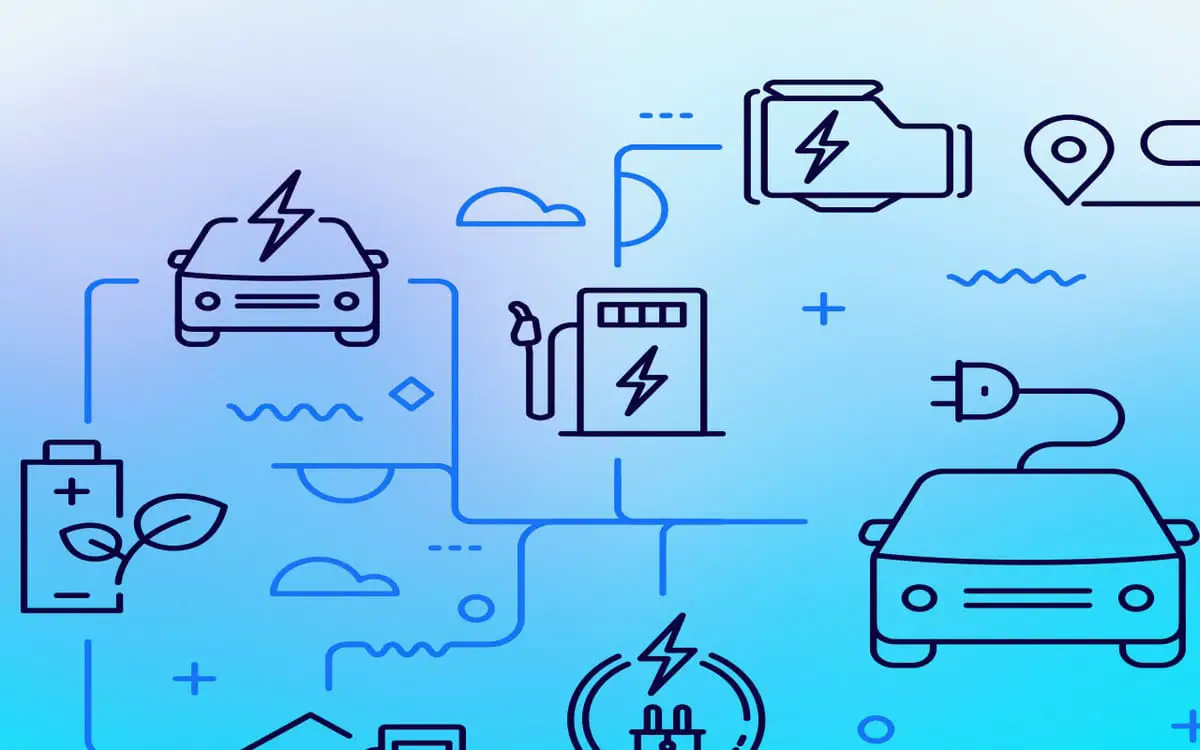The Rebirth of EV Battery-Swapping Services: Why Their Time Is Now.
Electric vehicles (EVs) have surged in popularity over the past decade, driven by technological advancements, growing environmental awareness, and supportive government policies.


Electric vehicles (EVs) have surged in popularity over the past decade, driven by technological advancements, growing environmental awareness, and supportive government policies.
However, despite these gains, a significant barrier to widespread EV adoption remains the challenge of efficient and rapid recharging.
Enter the rebirth of EV battery-swapping services, a concept whose time has finally come.
A Brief History of Battery Swapping
Battery swapping is not a new concept. Early attempts at implementing this technology, notably by companies like Better Place in the early 2010s, showed promise but ultimately faltered due to high infrastructure costs, standardization issues, and lack of consumer demand at the time.
However, the landscape for EVs has dramatically changed since then, paving the way for a resurgence of battery-swapping services.
Technological Advancements and Standardization
One of the key factors driving the revival of battery-swapping is the significant technological progress in battery design and standardization.
Modern EV batteries are more efficient, durable, and designed with modularity in mind, making them ideal candidates for swapping.
Additionally, industry-wide efforts towards standardizing battery packs have made it feasible for multiple vehicle models to utilize the same swapping infrastructure.
The Rise of Renewable Energy and Grid Integration
With the global push towards renewable energy, battery-swapping stations can play a crucial role in grid stability and energy storage.
Swapping stations can charge batteries during off-peak hours when renewable energy sources like wind and solar are abundant, and supply them during peak demand periods.
This not only ensures a more stable grid but also promotes the use of clean energy.

Consumer Convenience and Reduced Downtime
Battery swapping offers a solution to one of the biggest pain points for EV owners: charging time.
While fast-charging technology has improved, it still requires a significant wait compared to the almost instantaneous refueling of gasoline vehicles.
Battery-swapping can reduce downtime to mere minutes, offering a level of convenience that rivals traditional fueling methods.
Economic and Environmental Benefits
From an economic standpoint, battery-swapping can reduce the upfront cost of EVs.
By decoupling the battery from the vehicle, manufacturers can offer vehicles at a lower price point, with consumers opting for battery subscription models.
This also addresses concerns about battery degradation, as consumers can always have access to the latest battery technology.
Environmentally, battery swapping promotes the efficient use of resources.
Swappable batteries can be monitored and maintained centrally, ensuring optimal performance and extending their lifespan.
Additionally, end-of-life batteries can be repurposed for secondary uses, such as energy storage, before being recycled.
Success Stories and Global Adoption
Several companies and countries are already reaping the benefits of battery-swapping technology.
In China, NIO has successfully deployed battery-swapping stations, with millions of swaps completed, demonstrating the feasibility and popularity of this approach.
In India, companies like SUN Mobility are rolling out swapping stations for two- and three-wheelers, catering to the high demand for quick and efficient recharging solutions in densely populated urban areas.
Challenges and the Road Ahead
Despite the numerous advantages, battery-swapping faces challenges that need to be addressed for widespread adoption.
These include the high initial investment for infrastructure, the need for continued standardization across manufacturers, and consumer acceptance.
However, with the increasing adoption of EVs, supportive government policies, and advancements in technology, the future looks promising.
Battery-swapping is poised to complement traditional charging infrastructure, offering a robust and flexible solution to meet the diverse needs of EV owners.

Startups swap stations in Kenya
Several startups in Kenya are making strides in the establishment of battery swap stations to support the growing electric vehicle market.
Here are the notable startups involved in this sector:
- Ampersand:
Ampersand, originally from Rwanda, has expanded its operations into Kenya. They are known for their innovative battery-swapping technology for electric motorcycles.
Ampersand's battery swap stations allow riders to quickly exchange depleted batteries for fully charged ones, significantly reducing downtime.
2.Kiri EV:
Kiri EV is a Kenyan startup focused on providing electric vehicle solutions, including battery swapping for electric motorcycles and tuk-tuks.
They are setting up battery swap stations to enable quick and convenient battery exchanges for their customers.
3.BasiGo:
BasiGo, while primarily focused on electric buses, is also involved in setting up charging and battery swap infrastructure.
They have launched pilot projects and are exploring battery swapping as a way to enhance the efficiency of their electric bus fleet.
4.Opibus:
Opibus, a Kenyan startup specializing in electric vehicle conversions and manufacturing, is developing battery-swapping stations as part of its broader infrastructure plans.
Their focus includes electric motorcycles and other forms of electric mobility.
- Mazi Mobility:
Mazi Mobility, another Kenyan startup, is working on deploying electric motorcycles and establishing a network of battery swap stations.
Their goal is to create a sustainable and efficient ecosystem for electric two-wheelers in urban and peri-urban areas.
These startups are at the forefront of the electric vehicle revolution in Kenya, driving the development of battery swap stations to support the adoption of EVs.
Their efforts are crucial in overcoming the challenges of charging infrastructure and range anxiety, making electric mobility more accessible and practical for Kenyan consumers.
To conclude, the rebirth of EV battery-swapping services is a testament to the evolving landscape of electric mobility.
As technology advances and the demand for efficient, convenient, and sustainable transportation solutions grows, battery-swapping stands out as a game-changer.
Its time is indeed now, and its potential to revolutionize the EV industry is immense.
As more stakeholders recognize and invest in this technology, we can expect to see a significant shift towards a more accessible and sustainable future for electric vehicles.




